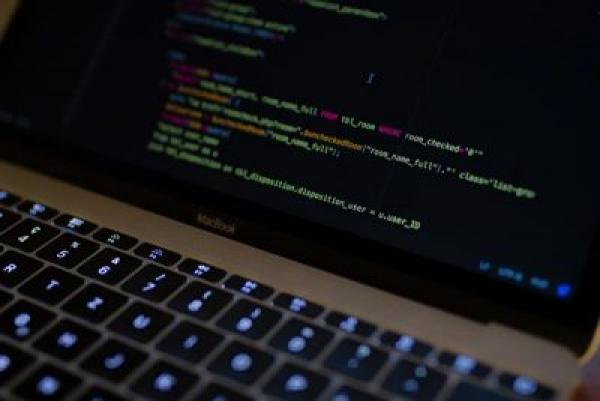3 Way to Difuse the Threat of Ransomware
Any cyber-attack makes IT pros shudder, but ransomware adds an extra element by its very nature – after all, you are not only attacked, but held hostage. The genre also tests both your security plans and your employees.
Ransomware attacks are on the rise: According to the FBI, an average of 4,000 ransomware attacks took place each day in 2016, a 300-percent increase from 2015. If ransomware wasn’t top of mind before, the WannaCry ransomware attack this May showed how sophisticated – and disruptive — hackers have become. (WannaCry forced a giant like FedEx to shut down operations the day after the attack.)
In attacks like WannaCry, cybercriminals gain access to systems, encrypt critical data and hold the encryption key and data hostage. However, not surprisingly, some organizations have paid the ransom but never received the key.
The human side of ransomware
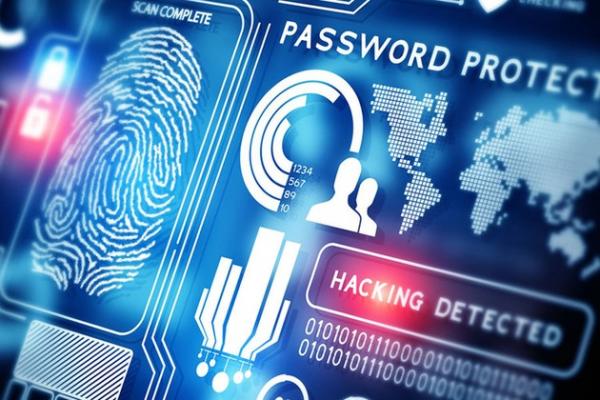
According to the “BCI Cyber Resilience Report 2017,”ransomware accounts for 19% of cyber disruptions.
According to the “BCI Cyber Resilience Report 2017,” conducted by the Business Continuity Institute and Sungard AS, phishing and social engineering remain the top security threat, cited by 57 percent of respondents. Ransomware ties for the fifth spot on this year’s list. However, the report authors point out that ransomware is usually delivered through phishing and social engineering.
That adds up to ransomware being the “rising star of malicious codes,” according to David Thorp, executive director of BCI. Thorp writes that this reveals a weakness in the human aspect of cyber resilience, which calls for better education and awareness-raising initiatives.
Some victims pay up, some say ‘no’
When a hospital in Los Angeles was hit by the Locky ransomware virus, it ended up paying a ransom of 40 Bitcoin at a value of $17,000. When an employee opened an infected email attachment, a municipal utility in Michigan lost access to its accounting and email systems; an executive was quoted as saying that paying the $25,000 ransom was “distasteful and disgusting, but sadly necessary.”
Not all organizations pay. Three hospitals also hit by the Locky virus did not pay attackers and their systems were brought back to normal thanks to a quick-reacting IT team. When hackers attacked San Francisco’s light rail transit system, Muni, shutting down its ticket machines, the agency refused to pay the 100 Bitcoin (about $73,000) ransom demanded. While its IT team restored the system, customers rode for free.
There is no simple solution to preventing ransomware attacks. However, businesses can avoid having their data held hostage with these strategies.
1. Educate, test, patch
In addition to ensuring your anti-malware software is up-to-date, educate employees to recognize phishing attempts, social engineering attacks and the dangers of using computing assets in public, unsecured environments.
It’s also critical to know where your vital data is located, its value and where you are most vulnerable. Security assessments and vulnerability testing can help you develop a new strategy or harden an existing one.
WannaCry took advantage of a vulnerability in the Windows operating system. Many victims had not applied a security patch issued by Microsoft two months earlier. This highlights the importance of having a plan in place for ongoing operating system upgrades. A vulnerability management (VM) program can perform this task as needed.
2. Detect ransomware before you’re infected
One weak link is all that’s needed for malware to make its way onto your network. Your second level of defense should be to verify the effectiveness of your multi-level approach so you detect a ransomware attack before significant damage occurs. A file-integrity monitoring service is one way to accomplish this. It looks for suspicious activity, flags anything unusual and prevents the action.
Another option is a security information and event management (SIEM) service to monitor security events, correlate the events across devices and analyze them based on rules to detect malicious activity.
3. Mitigate the impact of ransomware
Your third line of defense is having a disaster recovery plan to mitigate the impact of ransomware. If malware does make it through and your data is held for ransom, this can help you recover your business operations.
Looking at the WannaCry attack, many victims did not have backups, lacked confidence in using them or had not adequately tested procedures to ensure successful restoration. Some who had backups were not sure of how far back the infection had spread, so determining the recovery point was difficult.
To minimize confusion and save time, define and document what steps need to be taken, in what order and by whom, if a ransomware attack happens. Having backups is key, but it won’t help if they don’t restore your systems as expected, so it’s important to test them on an on-going basis.
Network segmentation can help as well, cutting off any infected devices from the rest of your network. But like backups, this needs to be planned for and tested long before an employee clicks on a suspicious link.
With ransomware on the rise, it’s easy to become a victim. But if you follow these steps, you’ll never have to make a decision about whether to pay up to unlock your data.

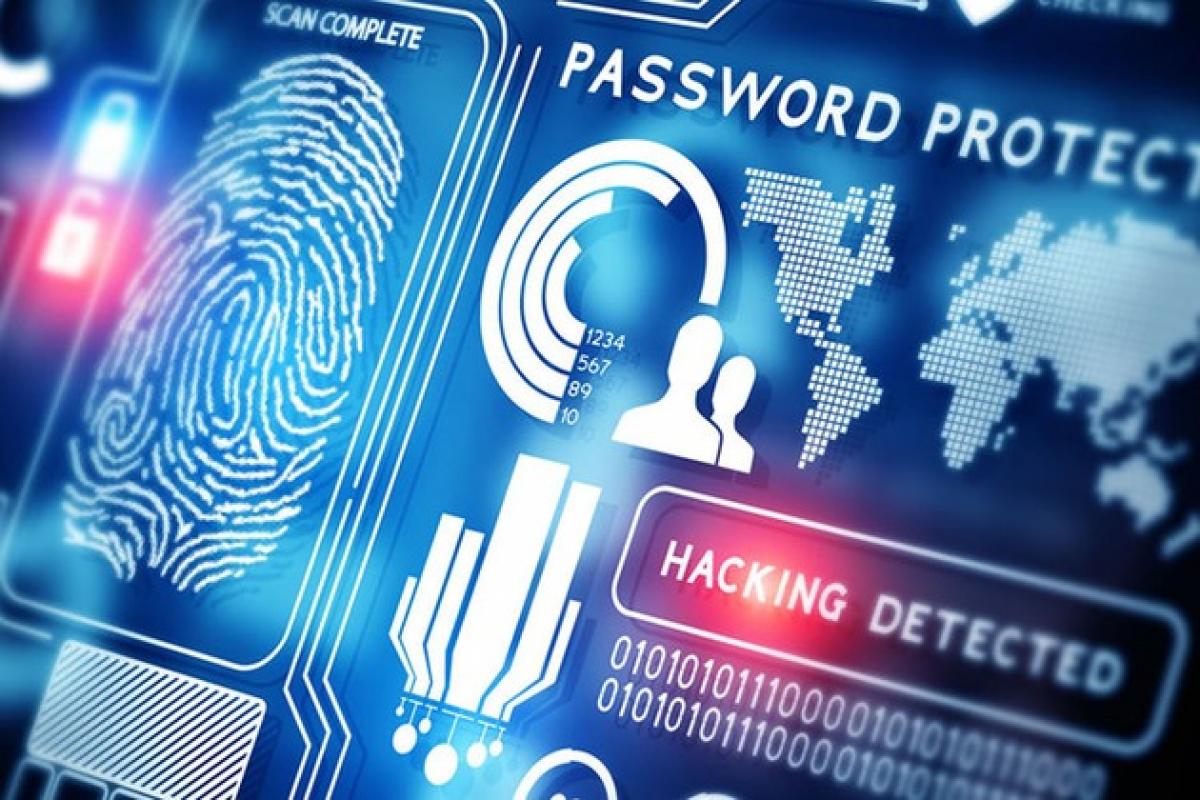


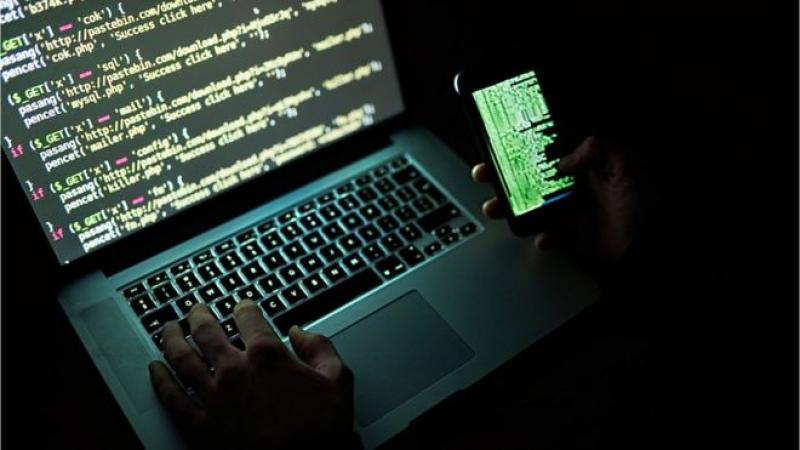
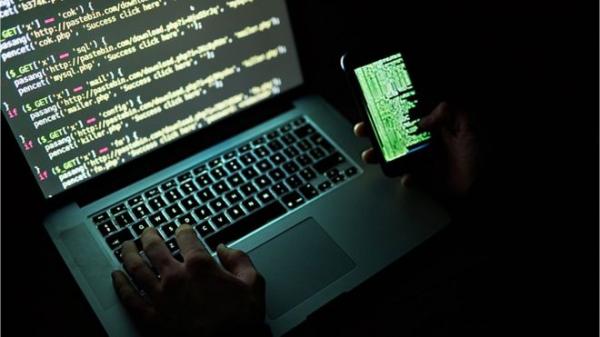

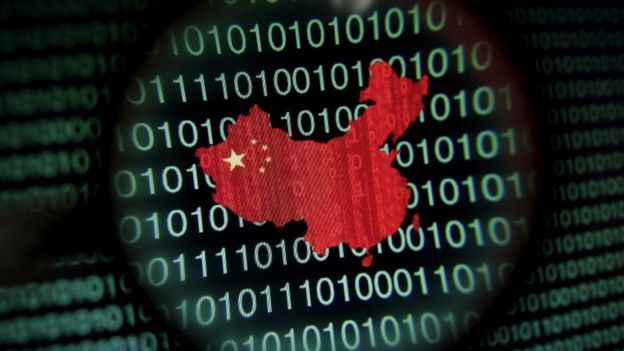


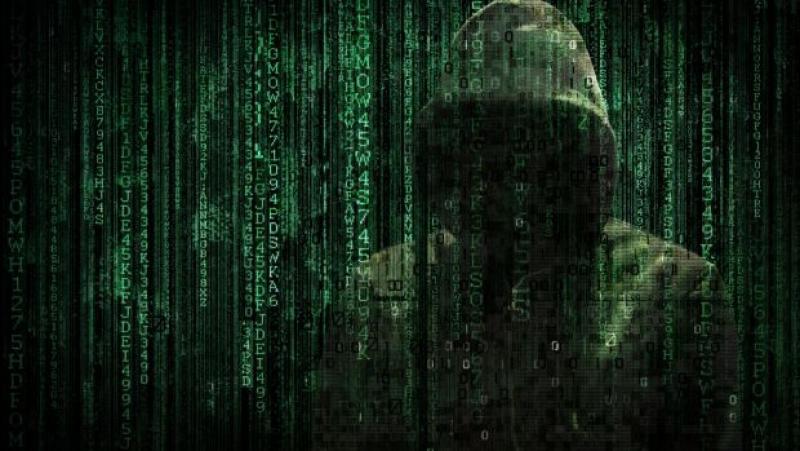
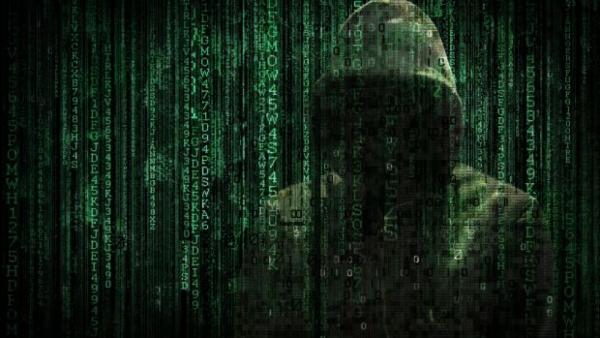 Consequently, according to
Consequently, according to 




